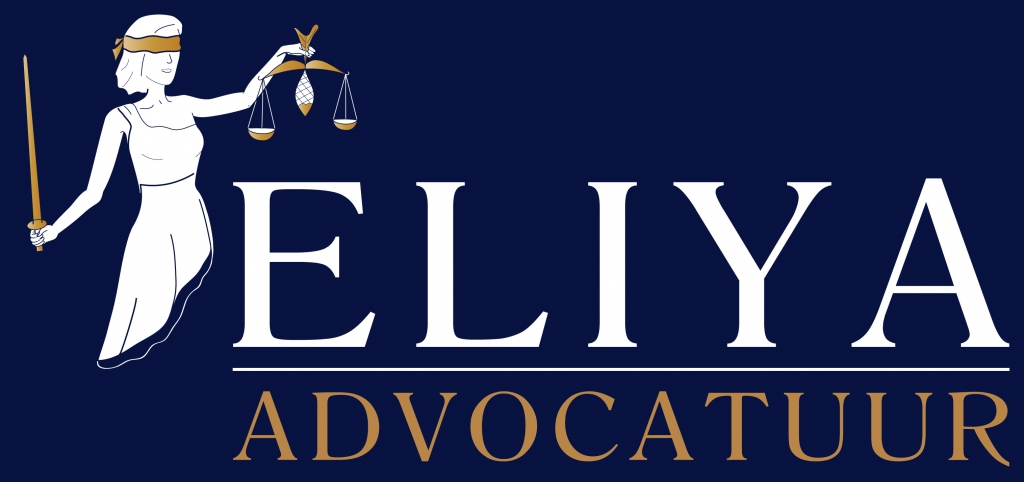A commercial rent agreement is a legal document that outlines the terms and conditions of a lease agreement between a landlord and a tenant. It is a crucial document that protects the interests of both parties and establishes clear expectations for the duration of the lease.
When creating a commercial rent agreement, it is essential to follow a specific format to ensure that all necessary information is included and that the document is legally binding. Here are the key elements that should be included in the format of a commercial rent agreement.
1. Identification of the parties involved
The first section of the commercial rent agreement should identify the landlord and tenant, including their legal names and contact information. This will ensure that both parties are aware of who they are entering into a contractual agreement with and how to contact each other if necessary.
2. Lease details
The next section should include the details of the lease, including the duration of the lease, the rent amount, how the rent will be paid, and the due date for rent payments. This section should also outline any additional fees, such as security deposits or late fees.
3. Use of the space
The commercial rent agreement should clearly state the purpose for which the leased space will be used. This ensures that the tenant understands the limitations of the space and that the landlord is aware of how the space will be used.
4. Maintenance and repairs
The agreement should detail the responsibilities of both parties regarding maintenance and repairs. This includes who is responsible for general upkeep, repairs, and any necessary replacements during the lease term.
5. Modifications and improvements
If the tenant is allowed to make any modifications or improvements to the leased space, it should be clearly outlined in this section. This will ensure that the tenant is aware of any limitations and that the landlord has given permission for any changes made during the lease term.
6. Insurance and indemnification
The commercial rent agreement should detail the insurance requirements for the leased space. This includes who is responsible for obtaining insurance and what type of insurance is required. Additionally, the agreement should include language regarding indemnification, which protects the landlord from any damages or legal liability caused by the tenant.
In conclusion, a commercial rent agreement should follow a specific format to ensure that all necessary information is included and that the document is legally binding. By including the key elements outlined above, both the landlord and tenant can protect their interests and establish clear expectations for the duration of the lease.












